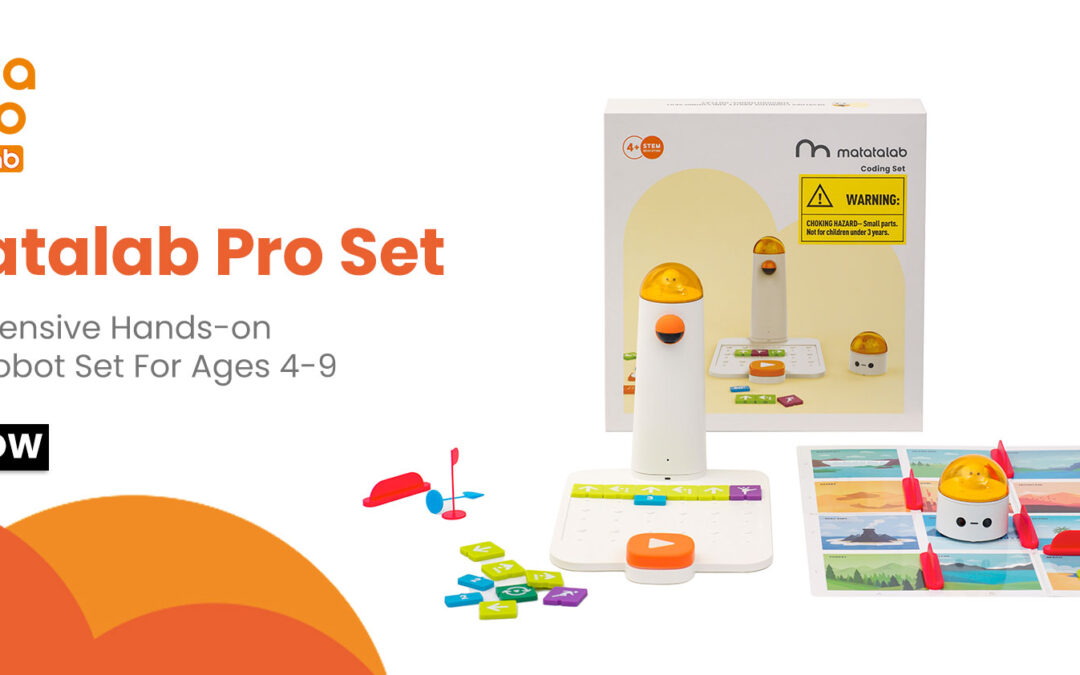In today’s digital age, developing social skills is just as crucial as academic achievements. For students in K-12 schools, robotics kits for students offer an innovative way to enhance these skills while fostering an interest in STEM (Science, Technology, Engineering, and Mathematics). Through collaborative projects, problem-solving, and creative challenges, students can improve their social interactions and teamwork. This blog explores how educators can leverage robotic kits to enhance social skills among students.
The Power of Robotics in Education
Robot kits are educational tools that offer a hands-on learning experiences to students in K-12 institutes across GCC and other regions. They encourage young learners to work together, communicate effectively, and solve problems collaboratively. These activities naturally lend themselves to developing social skills, such as teamwork, empathy, and effective communication.
Collaborative Projects
Robotic kits for students are ideal for group projects where students must work together to design, build, and program a robot. Assigning students to small groups fosters a sense of teamwork and shared responsibility. Each group member can take on a specific role, such as the builder, programmer, or tester. This division of labor helps students learn to rely on each other and appreciate the contributions of their peers.
(1) Example Activity: Synchronized Dance
Let’s use the VinciBot set by MatataStudio in this activity. One student programs one VinciBot for the dance steps, while their partner programs the other to mirror or complement the moves. They can create a dazzling robotic duet!
Clear Instructions and Feedback
Effective communication is crucial in robotics projects. Team members should be able to explain their code, design choices, and robot functionalities in a way their peers understand. Encouraging open discussions about the project’s challenges and solutions helps students practice articulating their thoughts and ideas. Another handy tip is to assign roles based on the strengths students excel at. One student might excel at coding, while another is a whiz at solving bugs. This avoids redundancy and leverages each member’s talents.
(2) Example Activity: MatataStudio Pro Set
The hands-on building aspect of MatataStudio Pro encourages teamwork. Set up a coding obstacle course by dividing the tasks, with one focusing on navigating a maze and the other tackling a specific obstacle. They’ll need to communicate their plans and results to ensure their robot completes the entire course. This activity not only enhances communication skills but also promotes critical thinking and problem-solving.
Inclusive Learning Environment
Robotic kits for students can be used to create an inclusive learning environment where all students feel valued and supported. Encouraging students to work with peers from diverse backgrounds and abilities helps build empathy and understanding.
(3) Example Activity: Inclusive Learning
MatataStudio fosters inclusive learning through robot kits. Diverse teams work together on projects, with intuitive coding blocks catering to a range of abilities. Even young learners can join “Inventor Kit” projects where grade 4 students contribute ideas while older ones offer guidance, creating a supportive environment where everyone thrives.
Encouraging Problem-Solving and Critical Thinking
Robot kits often involve solving real-world problems, which requires students to think critically and work together to find solutions. These challenges foster a collaborative mindset and help them develop resilience and persistence.
(4) Example Activity: Traffic Lights
Imagine a project where students use Matatalab to tackle a real-world challenge in their community, like traffic congestion. They could brainstorm solutions, and then design a robot using Matatalab’s theme maps (like a “city” map) and coding blocks. The robot might navigate a course representing city streets, programmed to follow traffic lights and avoid collisions (representing real-world traffic flow).
Creative Problem-Solving
Encouraging creativity in robotics projects allows students to explore different ways to solve problems and innovate. This creative process often involves group brainstorming sessions, where students learn to listen to and build upon each other’s ideas.
(5) Example Activity: Navigating through the Cave
MatataBot needs your assistance to find a safe cave for the night. A helpful parrot gave him directions, but there was a hidden mistake in the code. Use your creativity! Analyze the path and the provided (possibly flawed) code blocks. Can you spot the error and rebuild the correct sequence on the Command Board? Once you fix the “bug,” guide MatataBot through the twists and turns to reach his comfy cave.
Using robotic kits for students in K-12 schools offers a unique and engaging way to enhance social skills among students. By promoting teamwork, building empathy, encouraging problem-solving, and fostering creativity, educators can help students develop essential social skills that will benefit them throughout their lives. Integrating robotics into the curriculum not only makes learning fun and interactive but also prepares students for a future where collaboration and innovation are key.

